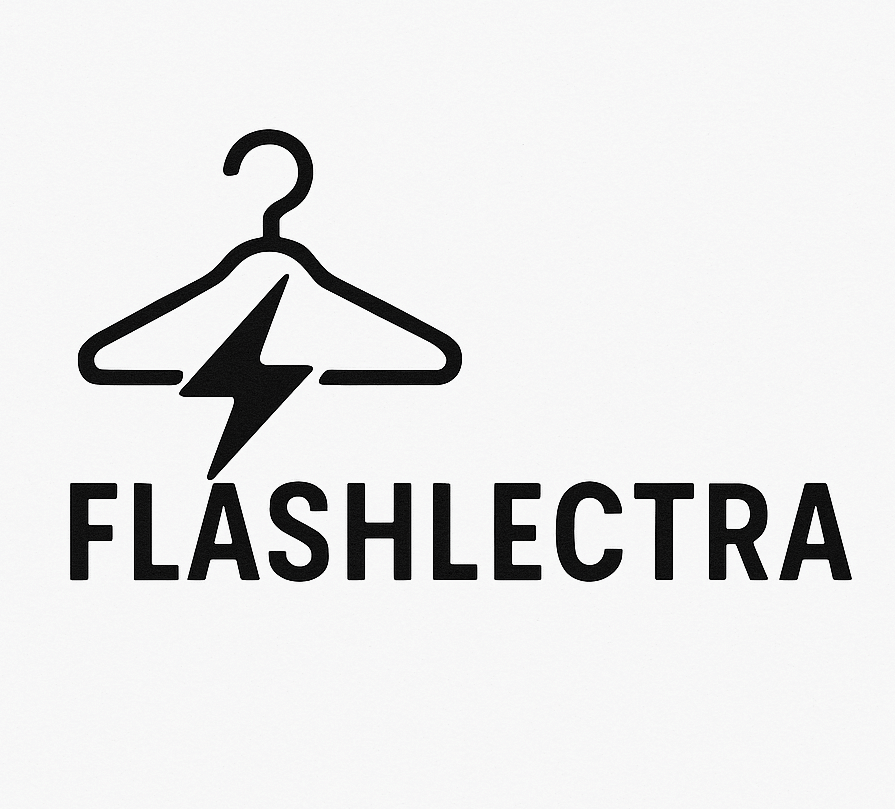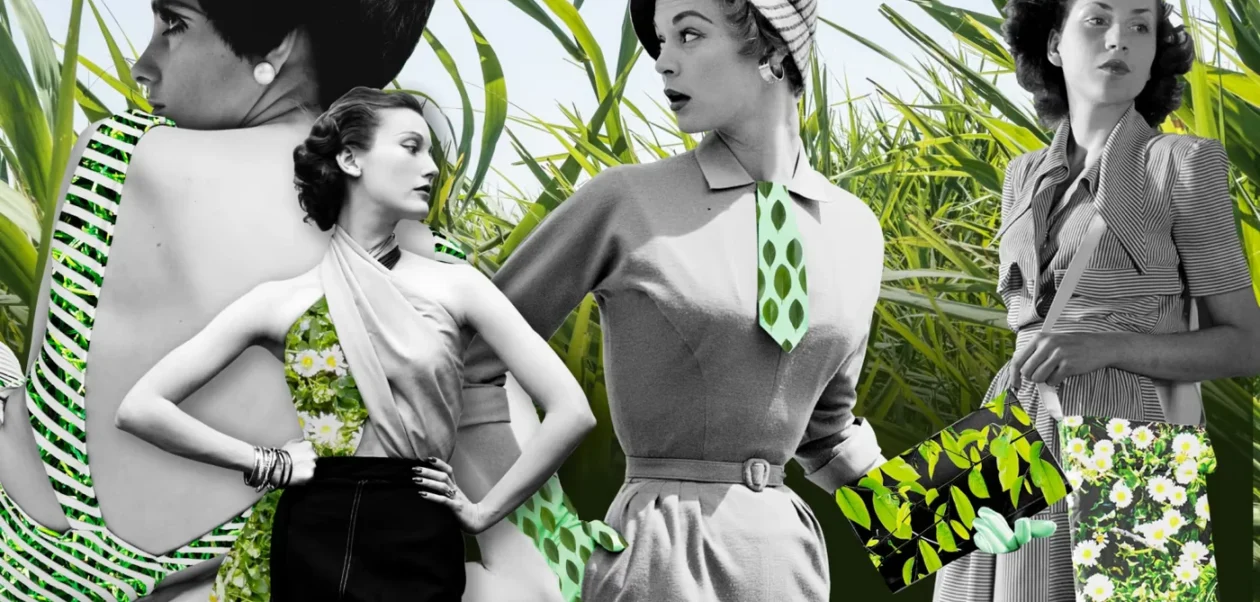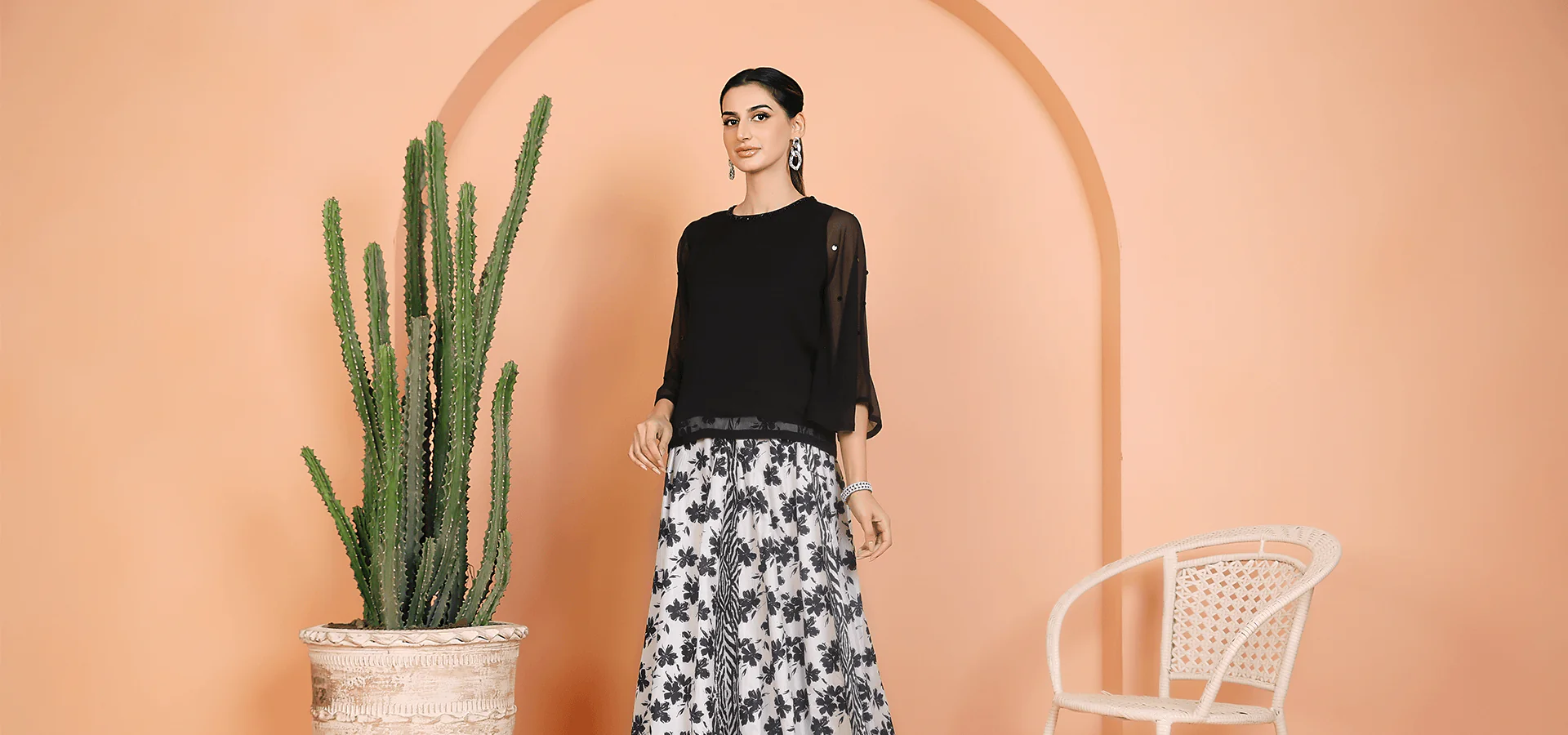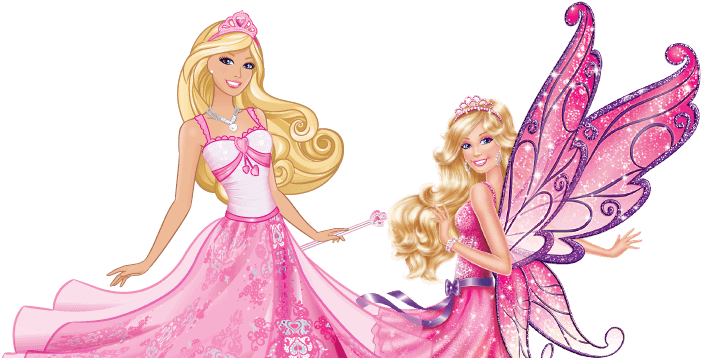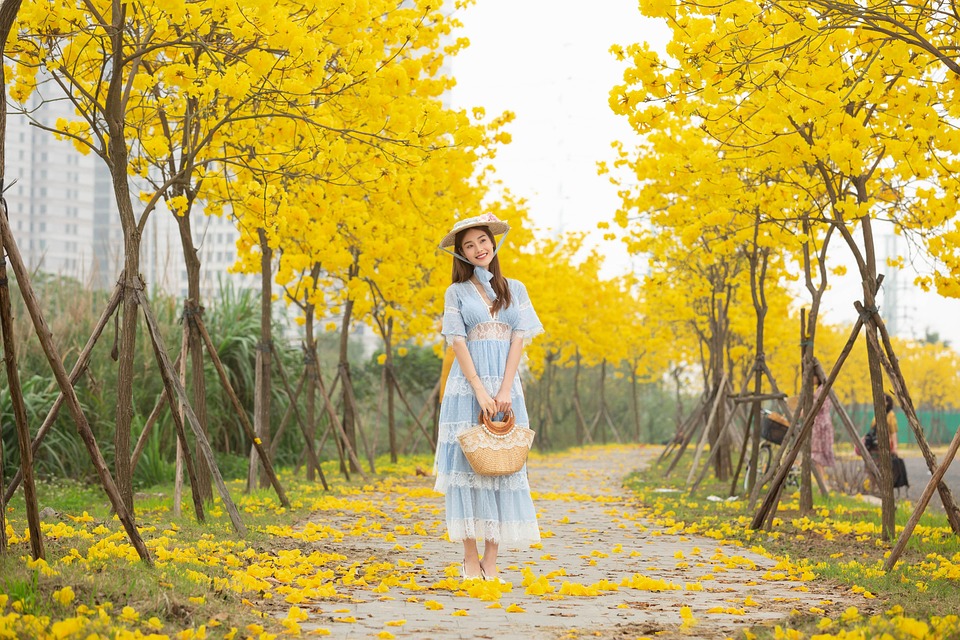The concept of Sustainable Luxury Fashion 2025 has always been linked with glamour, exclusivity, and sophistication. In earlier decades, luxury fashion primarily highlighted wealth and prestige, often with little regard for how its production affected the environment or society. However, the rise of global environmental concerns, climate change discussions, and growing consumer consciousness have changed the way we define luxury.
By 2025, luxury is no longer just about high-end craftsmanship and expensive fabrics. Instead, it has become a symbol of responsibility, accountability, and mindful elegance. Sustainable luxury fashion in 2025 is reshaping the industry by merging timeless beauty with eco-conscious practices.
Awareness of Sustainable Luxury Fashion 2025
Growing Environmental Concerns
The fashion industry contributes approximately 10% of global carbon emissions and is one of the largest water consumers worldwide. Waste is another serious problem, as millions of tons of clothing are discarded every year. These harsh realities have fueled a significant awareness campaign across industries. Fashion consumers are increasingly educated about the ecological costs of their wardrobe choices, and this awareness is pushing luxury brands to embrace sustainability. Campaigns from eco-activists, documentaries, and global climate summits have placed the spotlight on industries like fashion, holding them accountable for their environmental impact.
Consumer Awareness and Demand
The modern consumer, particularly Gen Z and Millennials, is highly informed and value-driven. They want products that reflect their lifestyle and ethics. For them, owning sustainable luxury products is not only about style but also about making a positive statement. Digital platforms like Instagram, TikTok, and YouTube have given rise to sustainability influencers who showcase eco-luxury products and highlight the transparency (or lack thereof) in major brands. This digital dialogue has played a critical role in shaping awareness and demand for sustainable luxury fashion in 2025.
The Evolution of Luxury Fashion Toward Sustainability
From Fast Luxury to Conscious Luxury
In the past, luxury brands operated on the principle of exclusivity and artistry but rarely factored in sustainability. Today, the narrative has shifted toward conscious luxury, which emphasizes both aesthetics and ethics. A sustainable luxury piece is crafted with as much attention to the sourcing of raw materials and the fairness of labor practices as to the design itself.
Role of Technology in Transformation
Technology is central to this evolution. In 2025, we see advanced textile innovation where fabrics are made from recycled plastics, agricultural waste, and lab-grown fibers. Blockchain technology provides full transparency by tracking products from origin to final sale. Artificial intelligence enhances supply chain efficiency, reducing waste and ensuring smarter production cycles. The fusion of traditional craftsmanship with technological innovation is redefining the identity of luxury fashion.
Key Trends in Sustainable Luxury Fashion 2025
Trend 1: Eco-Friendly Materials
Luxury brands in 2025 are increasingly sourcing eco-friendly fabrics. From lab-grown leather and bio-based silk alternatives to organic cotton and hemp, these materials ensure that products not only feel luxurious but also minimize harm to the environment. For instance, Stella McCartney’s mushroom leather handbags have become icons of eco-luxury, while Prada’s recycled nylon line continues to expand.
Trend 2: Circular Fashion Models
The circular fashion economy is thriving in the luxury space. Resale platforms such as The RealReal and luxury brand buy-back programs encourage customers to return used items for resale or recycling. Upcycling has also gained momentum, where luxury houses redesign and reimagine unsold or old pieces into new limited-edition collections. This model enhances product longevity and reduces waste while giving customers a sense of exclusivity.
Trend 3: Digital and Virtual Fashion
The metaverse and virtual fashion are transforming the way people consume luxury. Virtual garments, NFT fashion collectibles, and exclusive digital runway shows are now a major part of the industry. Luxury brands are producing digital clothing that consumers can “wear” online, reducing the need for mass physical production and waste. Gucci and Balenciaga are already pioneers in this space.
Trend 4: Local and Ethical Sourcing
In 2025, luxury houses are increasingly returning to artisanal roots, supporting local communities, and reducing their carbon footprints by prioritizing regional production. Ethical sourcing ensures fair wages, safe working conditions, and respect for cultural craftsmanship. This trend also promotes diversity and inclusion by empowering indigenous artisans and small-scale producers.
Challenges in Sustainable Luxury Fashion
High Costs of Sustainable Practices
One of the major obstacles is the cost of sustainable innovation. Eco-friendly fabrics and ethical sourcing are often more expensive than conventional practices, making it harder for brands to balance profit margins and affordability. However, consumers in 2025 are willing to pay a premium for products that align with their values, which helps offset these costs.
Greenwashing Risks
As sustainability becomes more mainstream, some brands misuse the term as a marketing gimmick without genuine eco-practices in place. This phenomenon, known as greenwashing, creates mistrust among consumers. Verifiable certifications and transparency through blockchain have become vital to combat such deceptive practices.
Limited Consumer Understanding
While awareness is growing, not all consumers fully understand the nuances of sustainable fashion. Some may assume that all eco-labels mean the same thing, leading to confusion. Education campaigns and transparent communication are essential to ensure informed consumer decisions.
Table: Comparison of Traditional Luxury Fashion vs. Sustainable Luxury Fashion
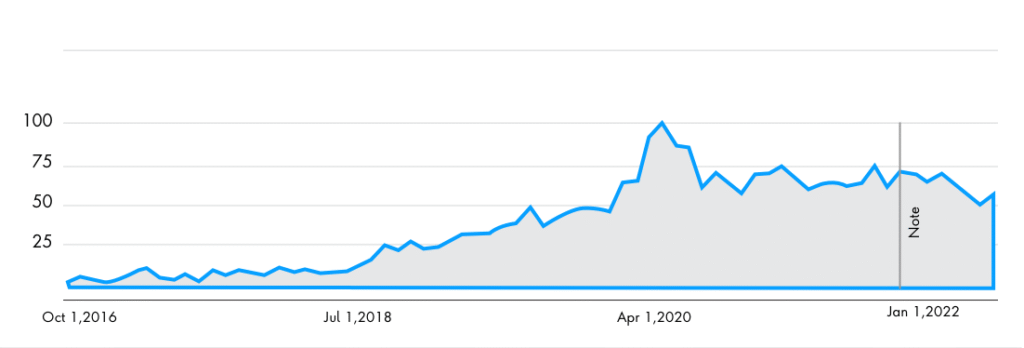
| Aspect | Traditional Luxury Fashion | Sustainable Luxury Fashion 2025 |
|---|---|---|
| Materials | Animal leather, synthetic fabrics | Plant-based, recycled, lab-grown |
| Production | Mass production, high waste | Ethical sourcing, low-waste methods |
| Transparency | Limited supply chain visibility | Blockchain and traceable sourcing |
| Consumer Focus | Exclusivity and status | Responsibility, values, and quality |
| Environmental Impact | High pollution and emissions | Lower carbon footprint |
The Role of Leading Luxury Brands
Pioneers in Sustainability
Several luxury brands have become leaders in the sustainability movement. Gucci’s carbon-neutral runway shows, Stella McCartney’s pioneering vegan designs, and Louis Vuitton’s initiatives in eco-friendly packaging are prime examples of how traditional powerhouses are evolving. These brands are setting industry benchmarks, proving that sustainability and luxury can coexist seamlessly.
Collaborations with Innovators
Partnerships between luxury brands and material innovators are increasingly common. For example, Hermès collaborated with a biotech company to develop mushroom-based leather, while Adidas partnered with Parley for the Oceans to produce sneakers from recycled ocean plastics. Such collaborations demonstrate that innovation and sustainability are integral to the luxury industry’s future.
Benefits of Sustainable Luxury Fashion
Environmental Benefits
Sustainable luxury fashion minimizes environmental degradation through eco-friendly materials, reduced carbon emissions, and circular fashion models. For instance, using lab-grown leather reduces the need for animal farming, which significantly cuts down methane emissions.
Economic Benefits
Sustainability is not just a moral choice; it is also economically viable. By adopting circular fashion models like rentals and resale, luxury brands generate recurring revenue streams. Furthermore, sustainability strengthens consumer loyalty, attracting environmentally conscious buyers who are likely to remain long-term supporters of a brand.
Social and Ethical Benefits
Sustainable luxury strengthens social responsibility by ensuring fair labor practices, supporting artisanal communities, and preserving cultural heritage. These ethical benefits add intangible value to luxury products, redefining what it means to invest in fashion.
Consumer Perspective in 2025
Why Consumers Choose Sustainable Luxury
Consumers choose sustainable luxury because it aligns with their personal ethics and lifestyle. Owning sustainable luxury is a status symbol that communicates intelligence, awareness, and responsibility. They also value durability, knowing that their purchases are high-quality pieces designed to last.
Changing Lifestyle Choices
The concept of “less is more” has become central. Consumers are shifting from impulsive purchases to thoughtful investments in timeless, sustainable fashion. Instead of owning a closet full of disposable luxury items, they prefer fewer, well-made sustainable pieces that carry long-term value.
The Future Outlook of Sustainable Luxury Fashion
Policy and Regulation Support
In 2025, governments worldwide are tightening regulations on carbon emissions, supply chain transparency, and waste management. Luxury fashion brands must comply with these policies, which further accelerates the adoption of sustainable practices. Regulations ensure that sustainability is not optional but mandatory in shaping the industry.
Next Wave of Innovation
The future promises even more revolutionary innovations. Biodegradable sequins, AI-driven garment designs, and 3D-printed couture are expected to dominate luxury runways by 2030. These innovations not only enhance creativity but also align with eco-conscious values.
How Consumers Can Contribute
Smart Buying Decisions
Consumers can support sustainability by buying from brands with transparent supply chains and avoiding those accused of greenwashing. Choosing timeless sustainable pieces over trend-driven items promotes long-term fashion responsibility.
Engaging in Circular Fashion
Participating in luxury rentals, resale platforms, and recycling programs helps extend the life cycle of products, reducing waste and encouraging circularity.
Holding Brands Accountable
Consumers now have the power of social media to demand accountability. By asking for sustainability reports, certifications, and proof of ethical sourcing, they can pressure brands to remain responsible.
Conclusion: Sustainable Luxury Fashion 2025 as the New Standard
By 2025, sustainable luxury fashion is more than a trend—it is the new definition of prestige. Luxury no longer thrives on mere exclusivity but on the ability to combine elegance with responsibility. The industry is undergoing a transformation where glamour coexists with eco-consciousness, and responsibility is the true hallmark of sophistication.
Consumers are not only buying fashion but also investing in a philosophy that protects the planet and values human dignity. For brands, sustainability ensures longevity, relevance, and consumer loyalty in a world that demands change. Sustainable luxury fashion in 2025 represents a paradigm shift, reminding us that true luxury is not about excess but about mindful choices that create a lasting positive impact.
